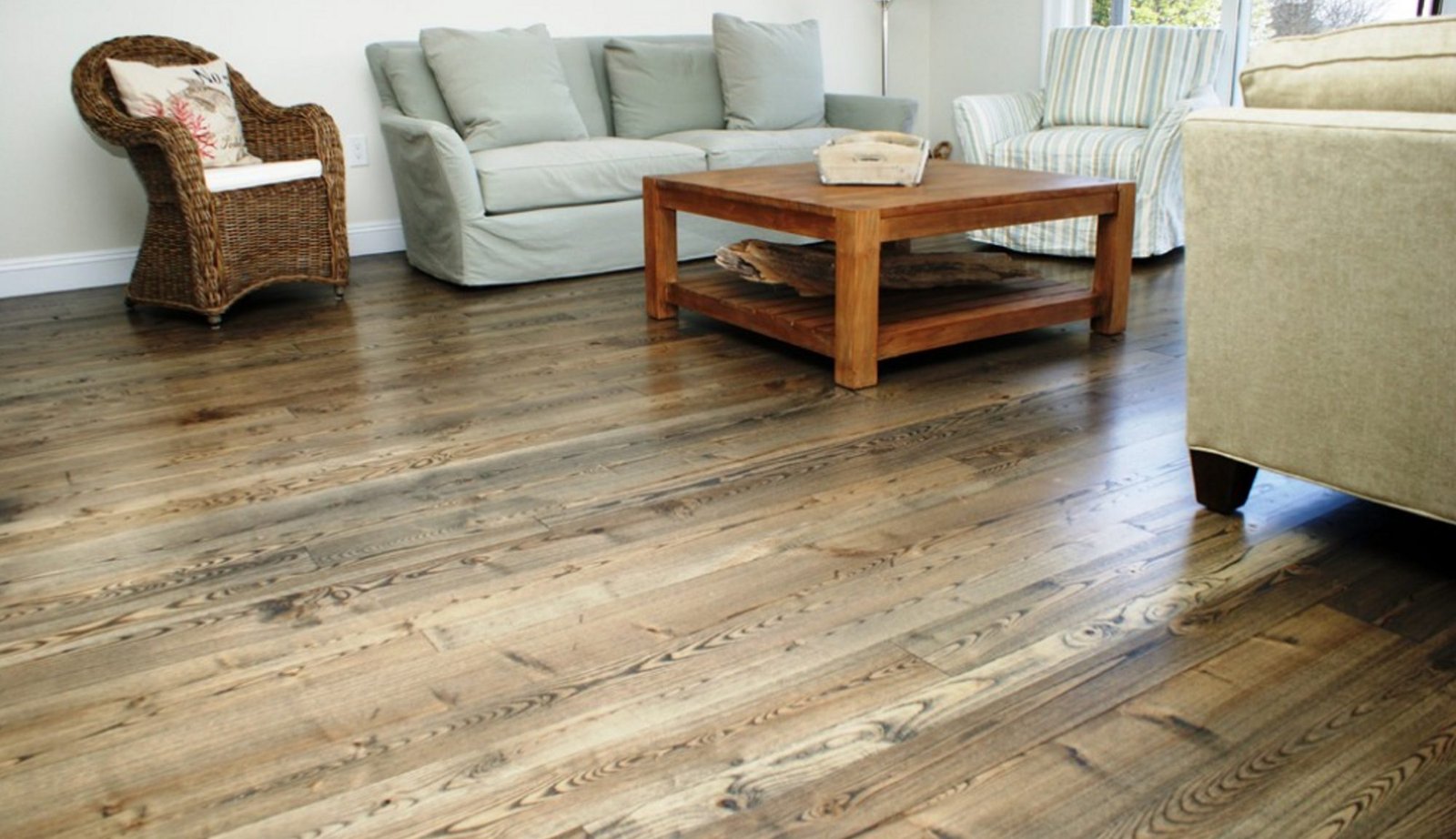Your house needs major repairs. In general the bathrooms of your home require most complex updates. The bathroom remodeling may require the creation of a barrier-free shower. In order to achieve this, you need to lower the framing of the bathroom floor to have the necessary depth for the drain. It is known that shower drain must be lower than its edges, so that the handyman who installs the tiles can create a sloped mud towards drain.
In principle, there would be no problem to lower the bathroom floor framing because you could build your bathroom floor safely using only 2×6 joists instead of the regular ones, 2x8s that can be actually, in the place. So you can simply trim 2 inches off from the joist top edge.
However, many new residential units are built from beginning with this kind of lower-profile joists. So, you can achieve very easy your goal of having a slope towards drain. But unfortunately this does not help you too much when it comes to remodeling. So, the only solution is to cut a few inches from the existing joist tops.
Cutting from the joist height has always been and is a sensitive issue. In this case, the bathroom floor framing, there cannot be the danger of a structural catastrophe, but instead we may have to deal with an excessive deflection.
Usually, joist spans are calculated in terms of two factors: bending and shear.
- Shear – It is not basically a realistic concern. Why? Because this factor implies that the joists to actually break, making the bathroom floor to collapse under a force or excessive load. In reality, this cannot happen unless the bathroom floor joists are extremely modified, overloaded or over-spanned.
- Bending – Bending instead, is something that can happen in reality. Therefore, it can be a real concern for us. No need for excessive force or a heavy load to achieve an excessive deflection of your bathroom floor. Actually, an excessive deflection can lead easily to cracked tiles or a sagging floor.
However, you are worried about the structural integrity you can check the lumber span tables were the joist lumber are graded according to angle of grain, distance to knots, splits, checks, splits and decay. However, you can turn without any problem, a 2×8 joist into a 2×6 joist, but in this case your former 2×8 joist is not anymore a structural member of the bathroom flooring.
Perhaps, it is a wise idea to hire a professional, maybe a structural engineer, to evaluate and calculate correctly the strength loss of the ripped joist, especially if you are dealing with a wider joist. Only in this way you can have peace of mind. The calculation of stress factors in a wooden structural member is a quite difficult job. It depends on many factors including the grade of the used material.
However, if you have no other choice and you have to appreciate yourself then you should take into account several important factors such as:
- The condition of the existing floor joists;
- The depth and length of the notch that you intend to remove;
- Determine and start where the joists are under-spanned;
- Examine whether it is possible to join a sister joist with the same length and width as your trimmed joist.
- 5. Install blocking between the trimmed joists; In this way, your joists will act together as a system. Bending resistance will increase, which will offset the losses suffered by altering the height of the joists.
Coastal Interior Design Ideas | How To Build A House (howtobuildahouseblog.com)



